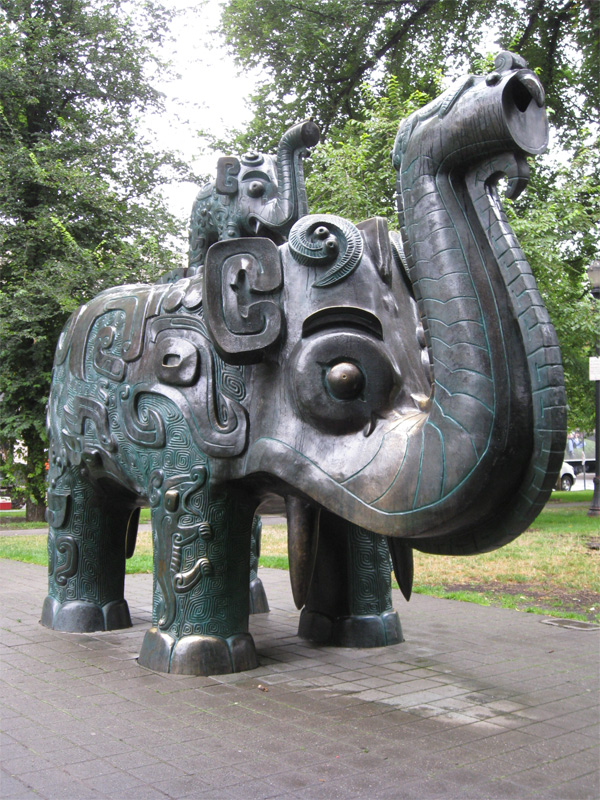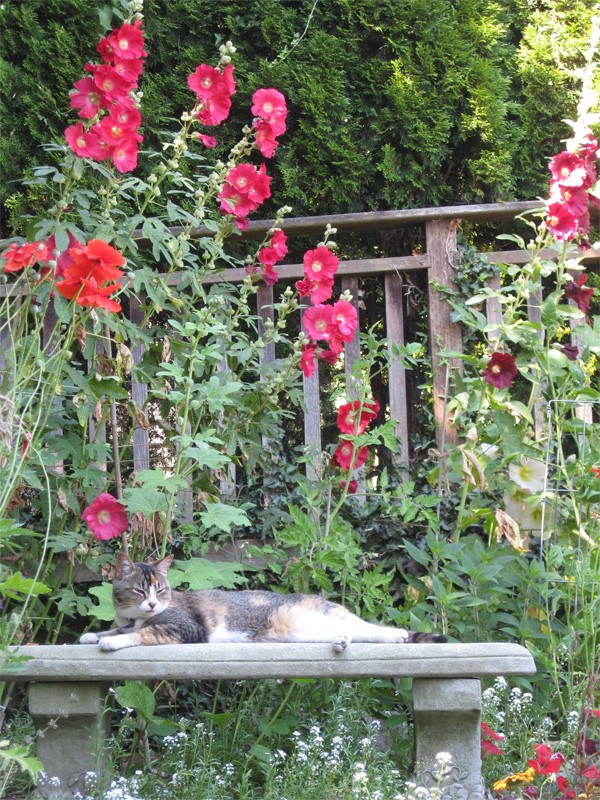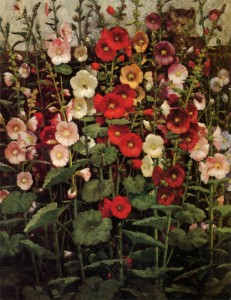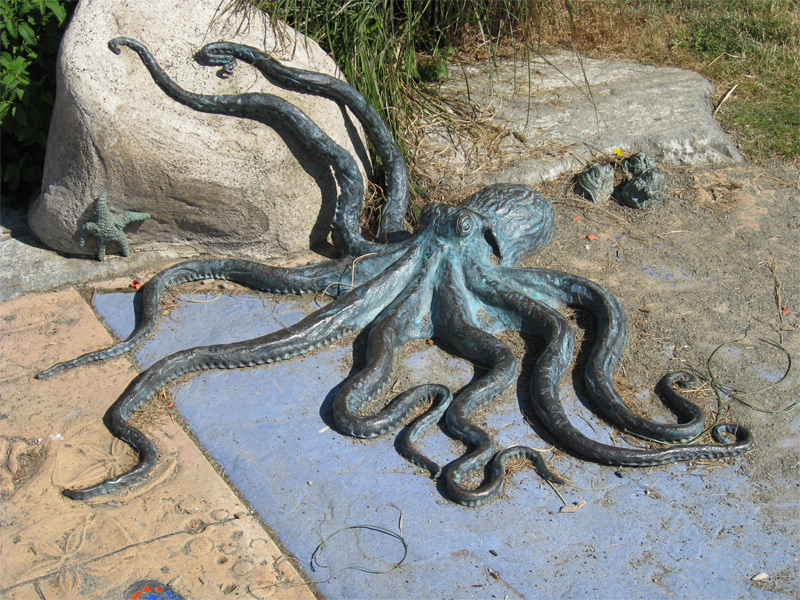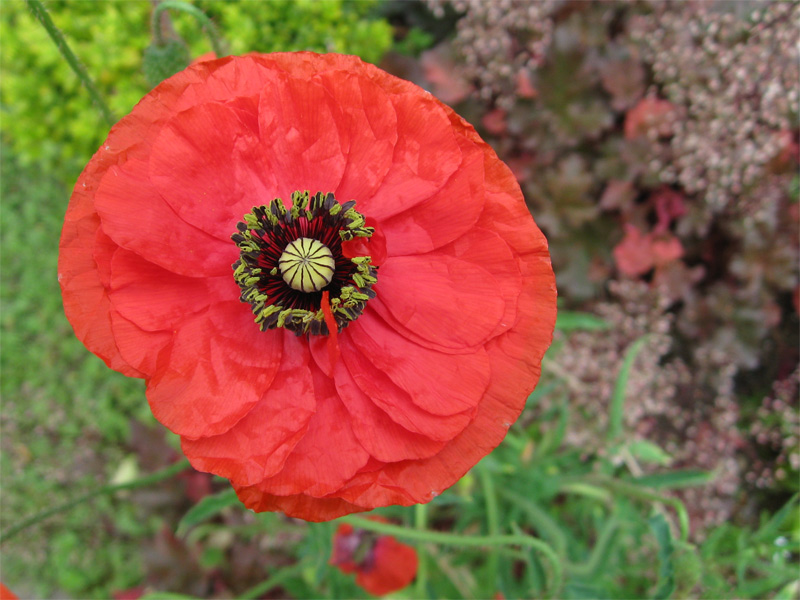(The following is an excerpt from my work in progress, “Not From Around Here.”)
My first word was no.
I don’t recall the circumstances. Presumably I was wobbling uneasily in someone’s lap and some well-intentioned relative asked me the sort of stupid question that is always posed to the mute and helpless. I’ve seen photographs of a scowling, not particularly adorable infant, and I’ve been told that this was me at the start. In many ways, it’s me now, apart from the infant classification. At this point in the arc of my existence I have passed the apex. While I am not yet hurtling toward the bumpy landing, my view from this moment suspended between the immutable past and the rapidly diminishing future has freed me in a way I never anticipated. I no longer feel the need to placate.
Clint Eastwood once famously said, in one of his laconic roles, “It’s a wise man that knows his limitations.” Though I do not qualify in terms of gender or intelligence, I have finally learned to embrace that line. Others may find ingenious solutions to humankind’s problems. I don’t expect to. I continue to support their efforts in my small way, but I’ve come to accept that the whiz kid dreams of my youth were doomed from the start. In order to be a whiz kid, one must first be a whiz. And, presumably, a kid. As a child, I was neither.
Although I eventually learned how to smile on command, as all good children must, I never lost my inner scowl. My older brother, in contrast, didn’t know the meaning of the word. The sunny first child, born long before my parents’ marriage had lost the blinding luster of romance and entered into the drab plateau of bitterness, brooding and discontent, my brother never once doubted that he was worthy of all the love and attention that was showered upon him. I think I was introduced into the scenario as a kind of bonus playmate for him. What a disappointment I must have been. My brother wanted worship. Yet you can see even in the tiny snapshots of our first encounters the measuring look in my infant eyes. Long before I had the vocabulary to express my impression of this noisy group of cooing, grinning people constantly jostling me and urging me to smile, I can imagine my little brain muttering irritably, “Why should I?”
Of course, a few months later I was sitting up by myself, chewing on non-food items and generally finding some amusement in the family who seemed so intent on pleasing me. I had learned to smile by then, but I still didn’t understand why they all seemed so keen on seeing me do it. Nevertheless, I had become philosophic. I cost me nothing. It meant something to them. I had nothing better to do. I smiled for the camera. But inside, the little scowl was on standby.
It became easier for me as I fell in love with first my mother, then my father, and eventually even my goofy brother. My mother, whose pale blue eyes sparkled like the light on a clear mountain lake, had a dimple which accentuated her easy smile, and she had a voice like birdsong, lilting, melodic and enchanting. All of this would have been even more wonderful if I had not early on perceived that I had arrived on the scene too late, or possibly in the wrong gender, to win her unconditional affection. I think that possibly because I was a girl it made it almost impossible for her to sort out her feelings for me, because her feelings for her own mother and her only sister were such a complex amalgam of resentment, envy and confusion. Nevertheless, I think she did care for me, as much as she could. But it wasn’t like the delirious love that she felt for my older brother. I guess I can’t blame her. He was more lovable from the get-go.
I , on the other hand, was irritatingly intellectual even as a toddler. I taught myself to read before I was six and by the time I got to first grade in public school in Falls Church, Virginia, I was considered something of a freak by the school administrators after I was taken to the principal’s office to demonstrate my prowess and did so by reading the first few pages of “Black Beauty” flawlessly. They didn’t know what to do with me. They seemed to think my uncanny ability to translate symbols on a page into spoken words indicated some unusual intelligence. They didn’t seem to realize that I was not a whiz kid. I was just a kid who loved to read more than almost anything else. But I’m getting ahead if myself.
The point is, I was born with a certain, shall we say, analytical bent, which set me apart from my fellow toddlers. I tried to fit in. I tried to play games, to care about dolls, to giggle. I don’t think I fooled anyone, least of all my cousins who lived in Erie, PA, where I was born. We lived in Erie, too, for the first few years of my existence, but I remember so little of those days that whatever heritage I can claim of Erie comes from the many summer vacations and winter holidays spent there, when, for me, my grandmother’s musty, old house represented a Shangri-La of possibilities. I adored my grandparents, and their house, which was full of secret stairways, creaky sounds, wonderful porches. The room I stayed in had been the nursery, and still had the fading pale blue wallpaper with pink giraffes and elephants, and a window overlooking the giant catalpa tree in the back yard. The room also had a desk and typewriter, on which I composed my earliest journalistic works.
As an adult I have rarely encountered people who know anything about Erie. Once a chatty checkout clerk at some hardware store raised his eyebrows when I told him I’d been born there. “Dreary Erie,” he said, admitting that he had grown up there and couldn’t wait to escape. I wondered if the excitement of being a checkout clerk had satisfied his thirst for adventure.
Perhaps because I was most often only a visitor to Erie, my attitude was different. At night I would lie in bed and listen to the trains, their distant horns calling to each other like land whales, yearning for something always out of reach. I had complete freedom at my grandmother’s. In those days no one worried about child abductions, or gangs or much of anything. The War was over, the Depression was history and everyone was glad to be alive, or so it seemed to me as an eight-year-old kid roller-skating alone on the brick sidewalks around my grandmother’s block. Sometimes friendly neighbors would talk to me as I rolled by. They’d ask who I was, and I was always surprised that they took an interest. And when I told them that I was Lyman Shreve’s grandchild they would smile and wish me well. I didn’t realize at the time that this type of encounter was the tip of the iceberg in my life.
Had I been someone familiar, someone who looked like she belonged there, like as not the neighbors wouldn’t have spoken, or if they had, it would have been to say something different. But they could tell I was not one of them. Only many years later did I begin to wonder why it was that no matter where I went, or how long I stayed anywhere, that sense of not belonging anyplace remained constant. Sooner or later, the question would be asked, always in that same slightly condescending tone: “You’re not from around here, are you?”

